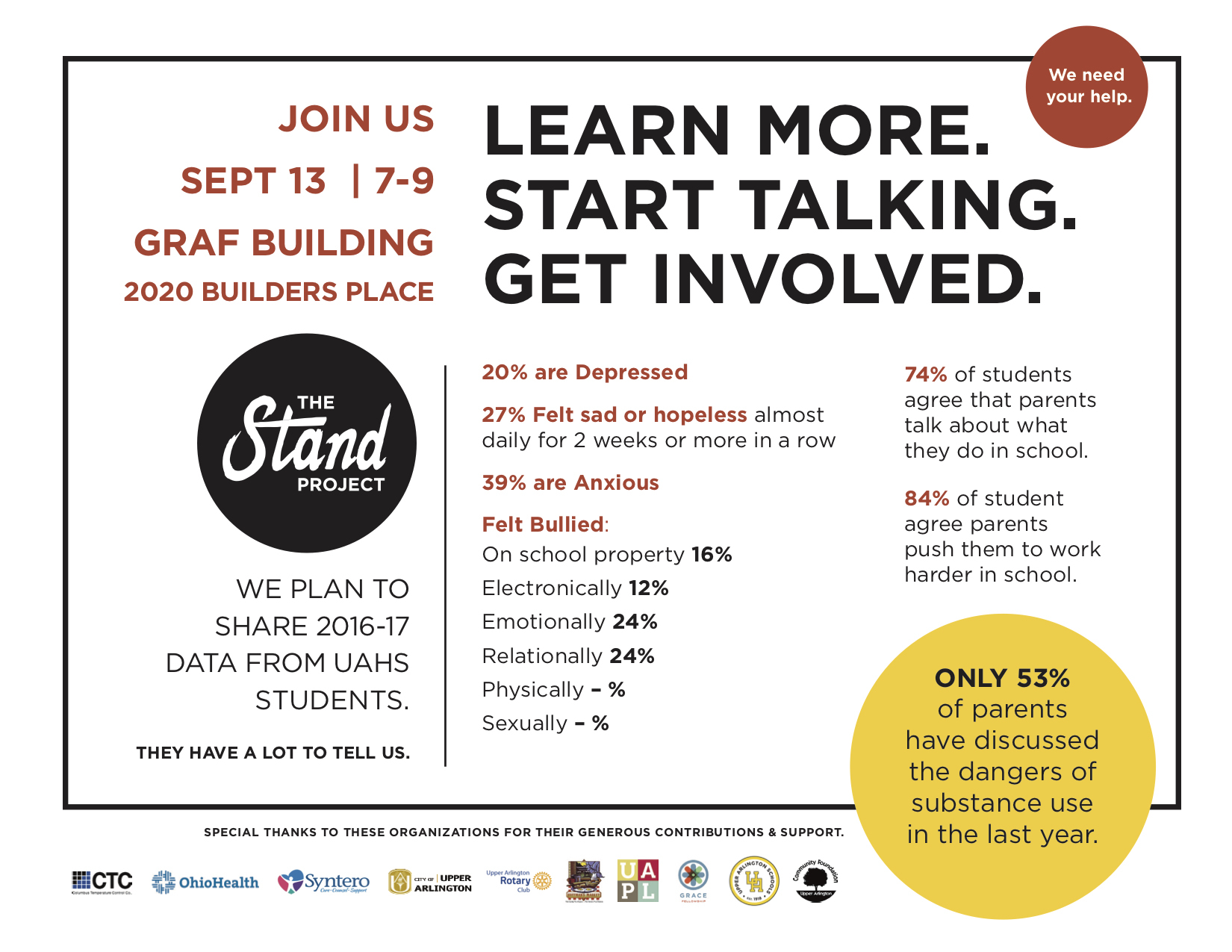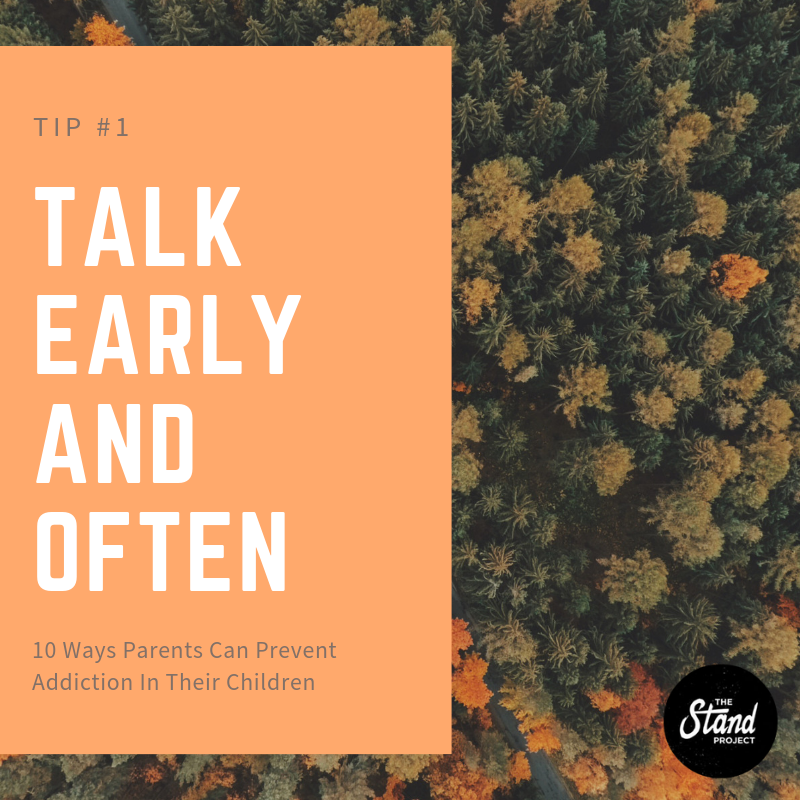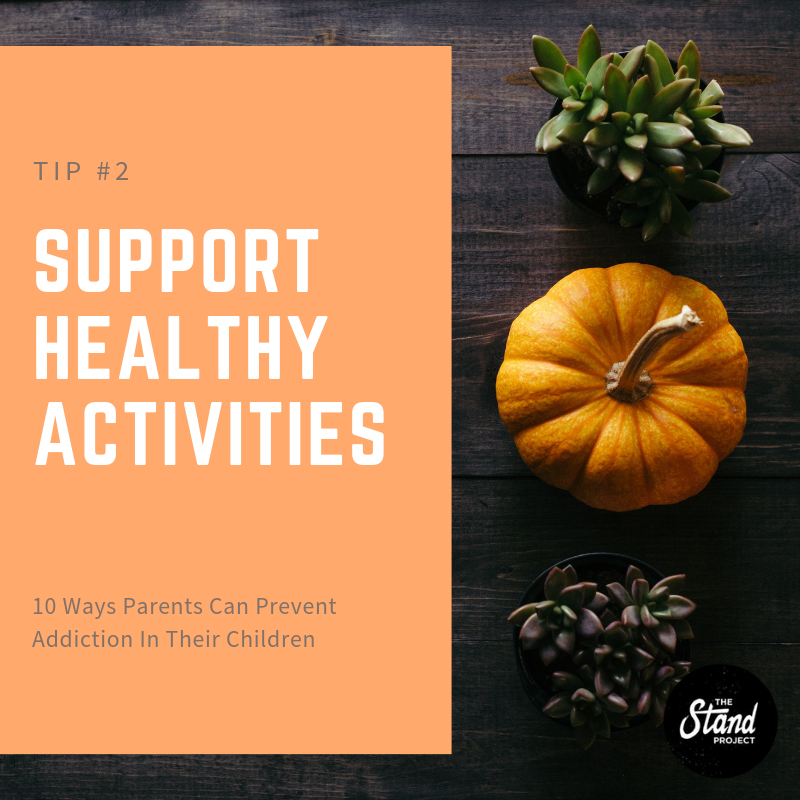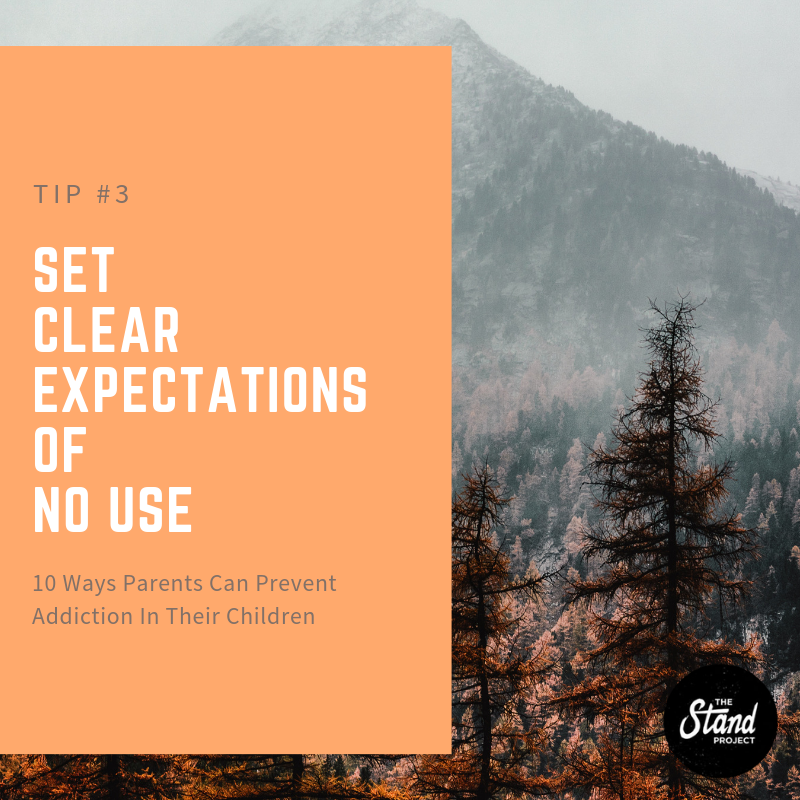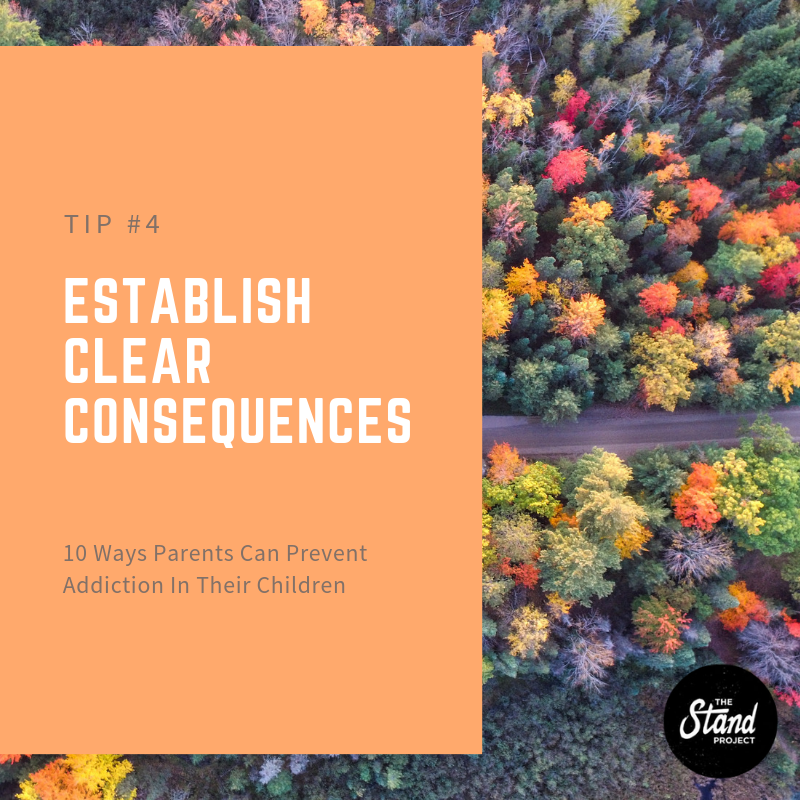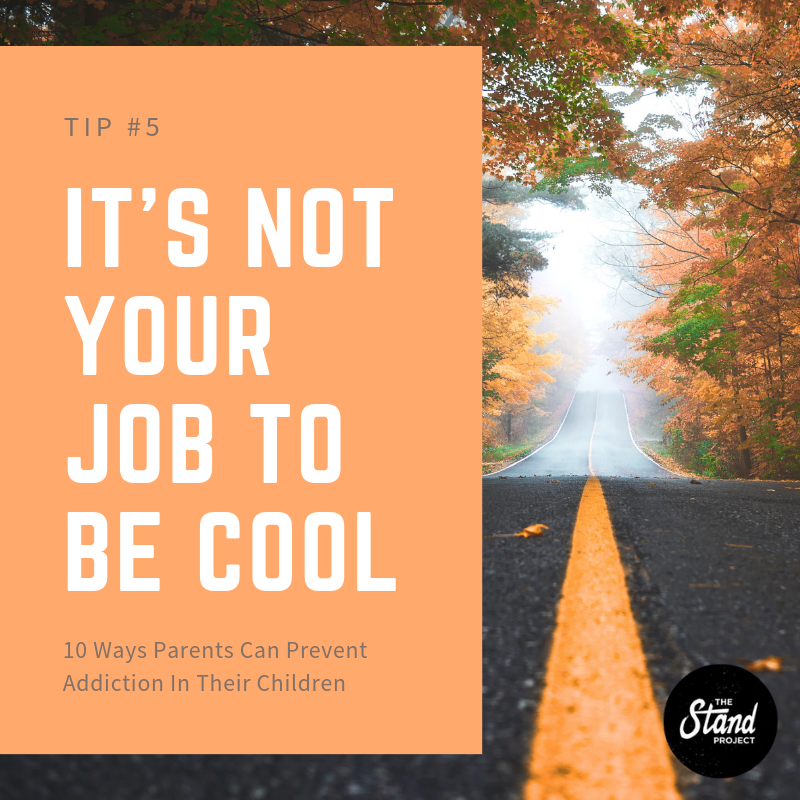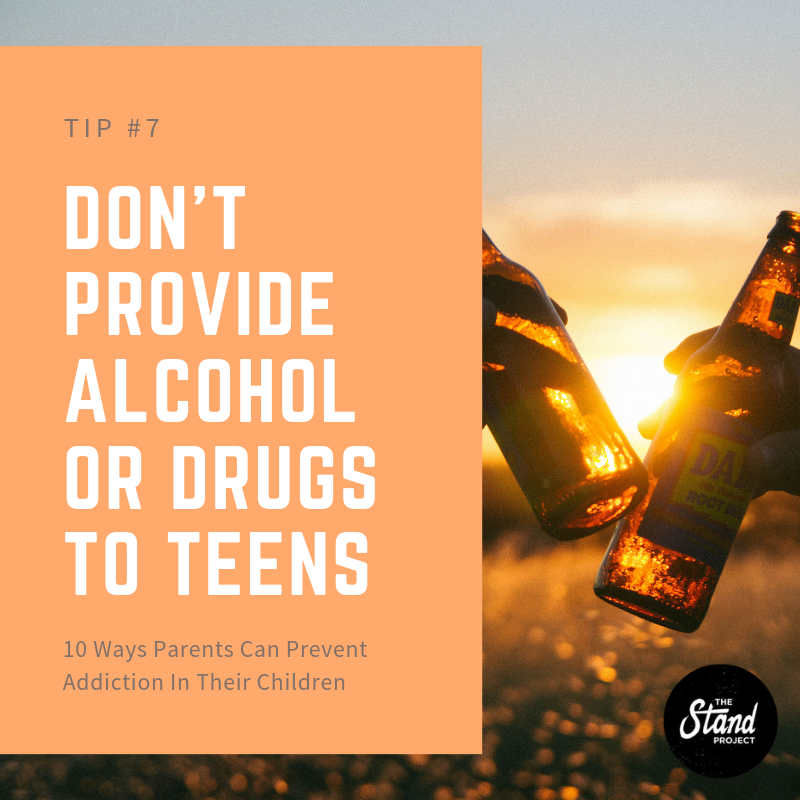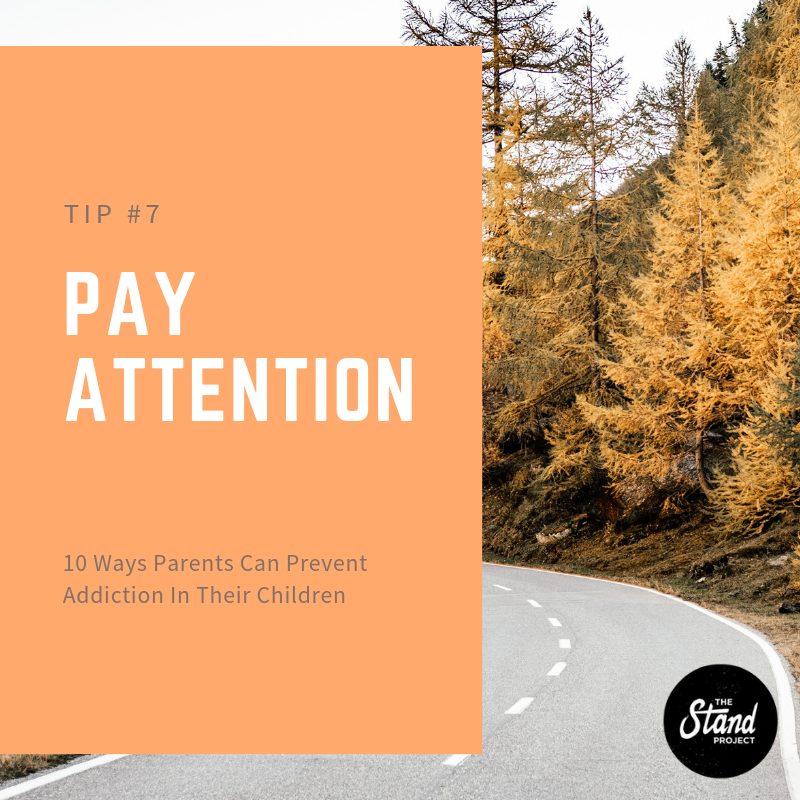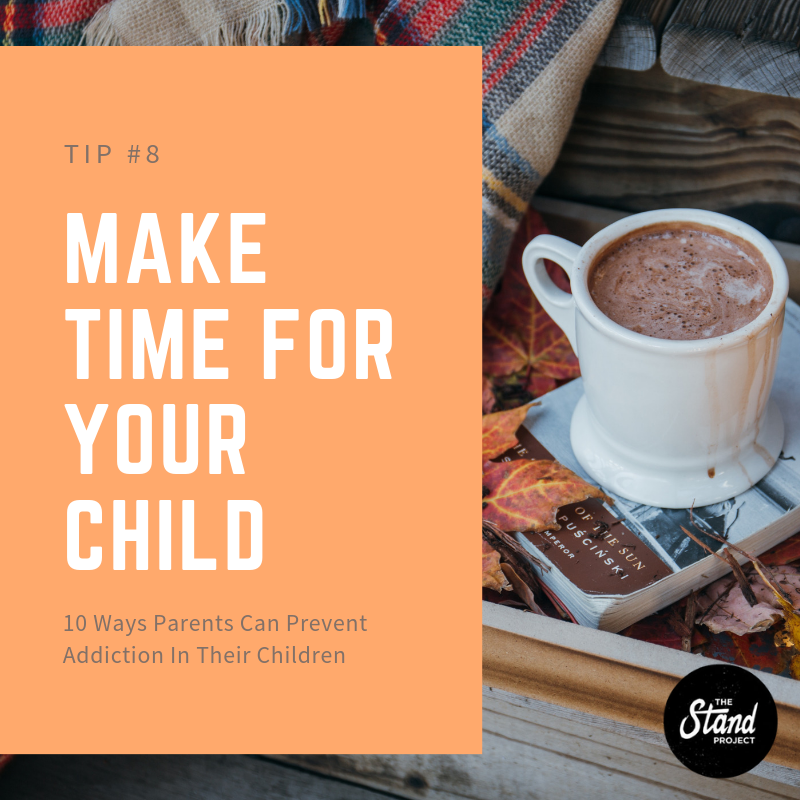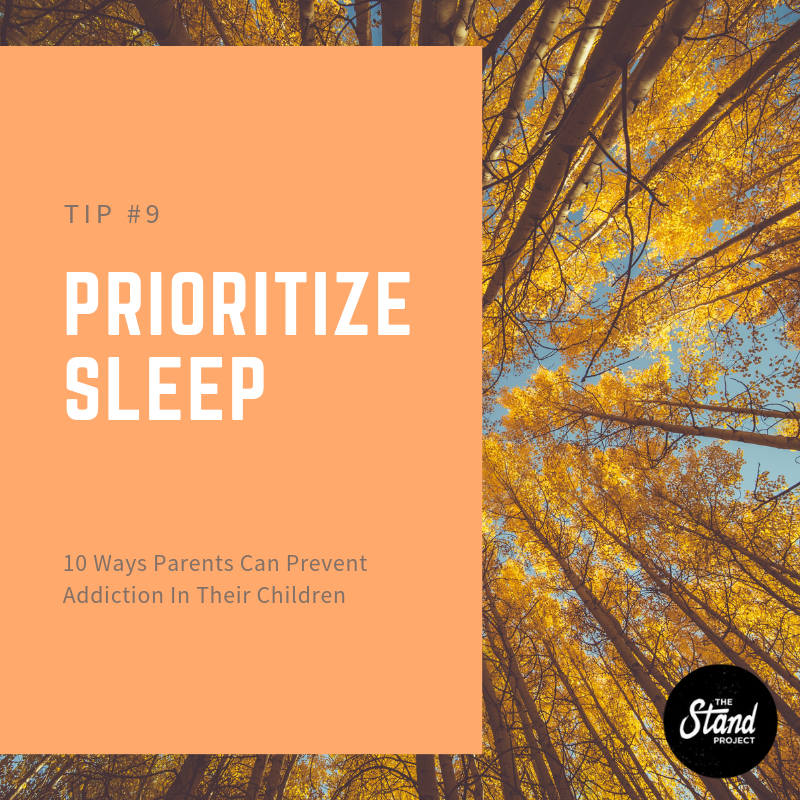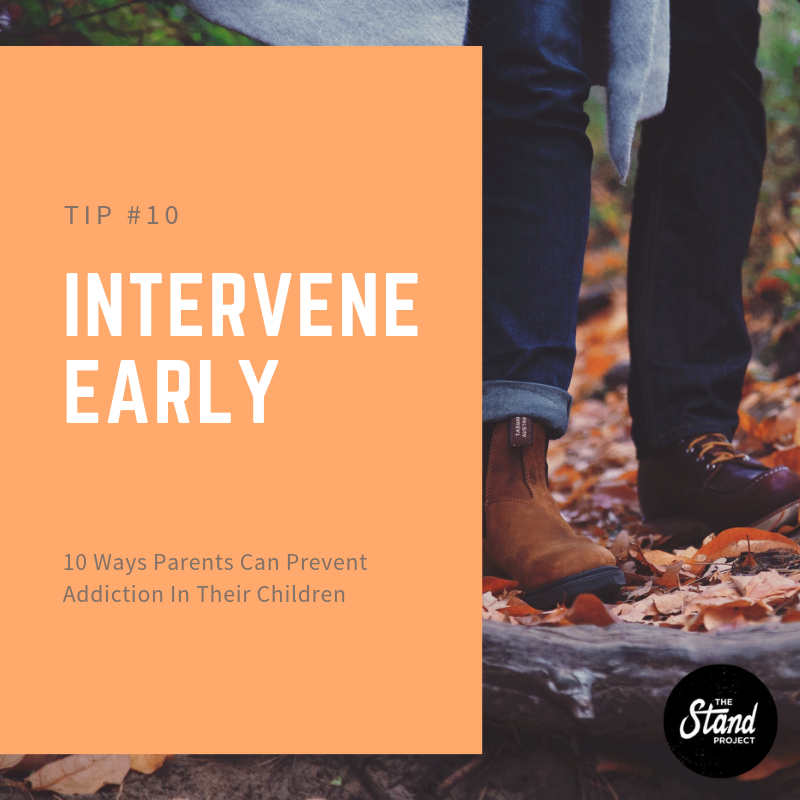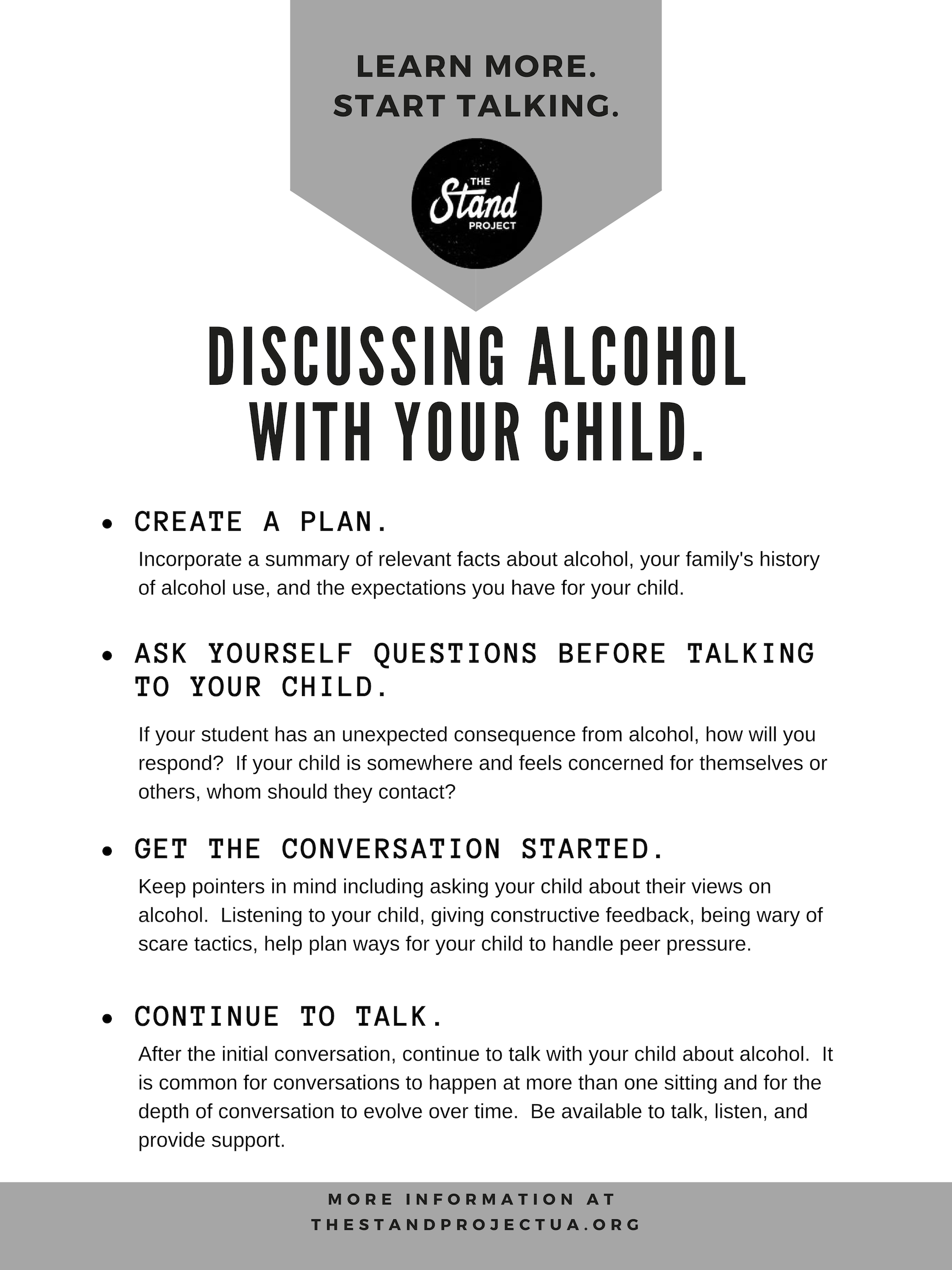I think I want to start by saying who I was before I drank, because I think that’s important because very often we assume someone who develops a substance use disorder was probably troubled to begin with. The first time I really drank was in between my freshman and sophomore year of high school, and prior to that I was the president of the Lincoln Douglas Debate Team, was a varsity baseball player, varsity soccer player and an IB student. I was a high achieving kid, really was proud of getting good grades. Being a good student was important to me, it was a part of how I identified myself.
Actually, the first time I ever tasted alcohol, it was given to me at home by my stepmom. It was Kahlua around Christmas time. No harm no foul, I didn’t like it, didn’t want anything to do with it. The second time I ever drank, it was me and my buddies from the neighborhood. We stole beer from my buddy’s parent’s keg. They had a keg because they liked to watch NASCAR in their garage, so we stole the beer and walked around the block to the local elementary school. Because we weren’t professional bartenders, we didn’t know how to pour the beer, so we were just drinking foam. And we threw up all over the place. My second introduction: I really don’t like alcohol.
My third introduction: I get invited to a party by my sister, she’s a really pretty girl and very popular. She was a sophomore, I was a freshman and she gets invited to this party, and she lets her goofy little brother tag along. The people who were driving asked us if we wanted a drink, and I was so naive I thought they meant a pop from the convenient store, because I really didn’t like alcohol. Instead, what they bought me was some very cheap liquor, I drank it and by the time I got to the party there was more alcohol. And by the time I left there that night, I don’t know how I got home because I blacked out.
The next morning I woke up and I’ve never been so sick in my life, and I hated alcohol again. But what I ended up finding out when I went to school, was that everybody else saw a different side of me that they thought was a lot more fun. I heard about how wild of a time it was, how great of a party it was, and how there was another one and I should come.
I can promise you the last time I was invited to a party, there was a theme and it was a birthday party, we were blowing out candles. I wasn’t the type of kid who was a thriving social butterfly, so all I heard was that people liked the way I was when I was drinking. I didn’t necessarily like the taste of alcohol; I fell in love with what alcohol did for me and who it made me become. You know, the scary thing is that grew into an unhealthy relationship with alcohol to the point where I went from being a straight '“A” student to barely graduating high school, getting into some serious legal trouble, to the extent that the state of Ohio demanded that I go into alcohol treatment. At 21, I absolutely wanted nothing to do with it (treatment).
It was the best thing that ever happened to me, and it saved my life. I think that for me when I turned to drinking and substance use, it wasn’t necessarily out of this place of pain. For me it wasn’t because my life was so bad I wanted to drink away the misery. I just was doing what everybody else was doing.
The unfortunate thing about substance use disorders, and the video did a good job explaining that a huge part of it is genetics. Just because a kid looks and acts pretty normal, we never know how they are going to respond once they start drinking. So really, it’s a crapshoot. 1 in 7 people who binge drink are going to develop a substance use disorder. And the last time they counted was about 23 million people in the US—similar to diabetes and more than all cancers combined. It’s scary to think it’s just a crap shoot.
And when I think about what my parents could have or should have done, or didn’t do, I think the thing that was the most problematic with them was that it was always when I was in trouble when they would respond. Right? And they didn’t respond well, they could have responded better, and they were never proactive in trying to help me make healthier decisions. Instead they responded when the school was upset, or when I got into legal trouble. I think there was a time when the cops knew who I was by the car I drove and the trouble I made because it escalated beyond alcohol. I think if you see a warning sign in your child, have a meaningful conversation. There was a point in my life when I didn’t think my parents cared, because it felt like I got away with anything. So, I don’t know, I think a part of me wanted someone to say something, but no one did and it went on. Until someone finally did and it wasn’t my parents, it was a judge. And that’s unfortunate. I think that another thing is that everyone talks about marijuana being the gateway drug. That’s because we had a war on drugs which made marijuana the big scary boogeyman. But the truth of the matter is alcohol is the true gateway drug.
Research shows and after working in the drug and alcohol field for over 12 years, specifically with young adults across the country, my experience has vastly shown that the students who I see who are addicted to heroin, methamphetamines, or drinking themselves to death at a very young age—all started with drinking alcohol and it progressed from there. Because something about that alcohol just flipped the switch (addiction) in their body that nobody knew existed.
I love the video again, because I’m not here to wage war on alcohol and say nobody should ever drink again. But if we can help kids make healthier decisions and wait before they take their first drink—I think the magic number is 22. That’s what the research shows. If we can just help them not drink until they are 22 years old, the likelihood that they will develop a substance use disorder is less than 10%. It’s miniscule.
Research shows that the average person with a substance use disorder started drinking when they were 14, and that says a lot too. I was 14 when I started drinking, and my life is good now. I’m happily married, I have a beautiful wife, 2 kids, I have the coolest job in the world, but it got really crappy before it got good and I almost died. I’m just lucky that my parents didn’t have to bury me.
Unfortunately, I’ve seen a lot of kids come from really good homes with two happy loving parents that are in loving relationships, and I’ve been to their funerals. You never think it’s going to be your kid. And you never think it’s going to be a kid you know, but I know entire communities are being rocked. And it only takes one. That is what I would want my parents to know. Warning signs, are warning signs. And Talk. Be talking until they don’t want to hear you anymore, talk until you’re blue in the face. Because even if I didn’t look as if I was responding, I would have at least known that they cared. It would have been harder to make that decision because their opinion was important to me—whether they thought so or not.
